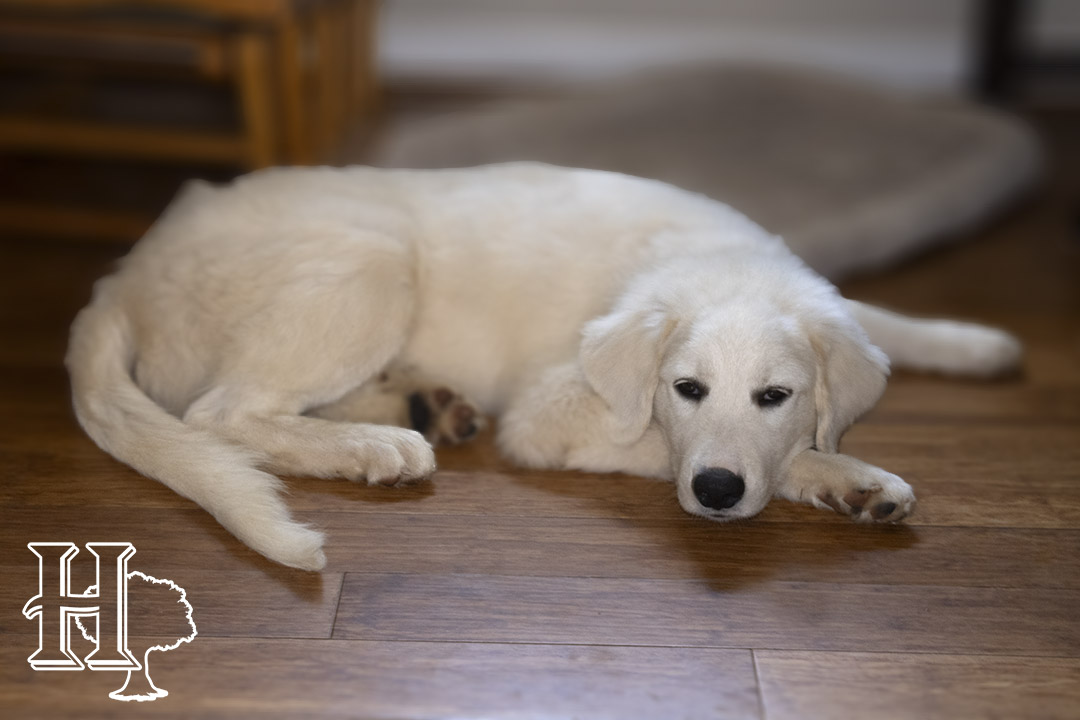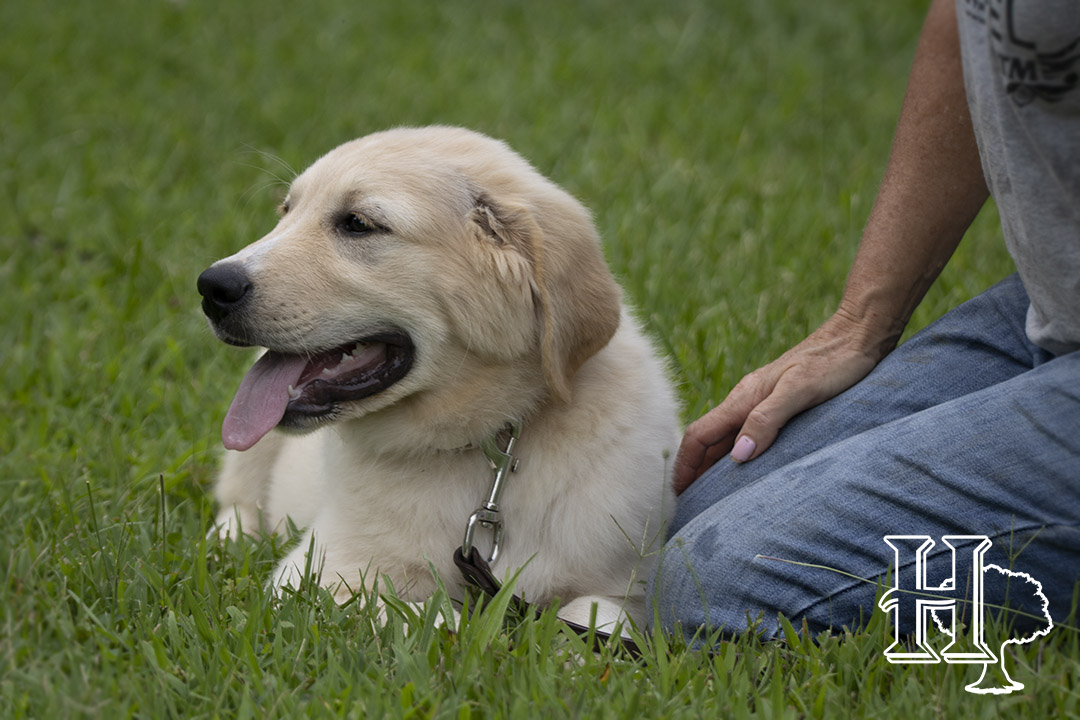Post pandemic, there are more older puppies available than the traditional 8 to 12-week-old puppies. Buying an older puppy has some advantages over a younger puppy, but you also need to be prepared for a few differences.
Older Puppy Advantages
An older puppy has had the opportunity to exhibit health issues that may not have developed when the puppy was younger. When a puppy is older and still very healthy, you can have more confidence that the puppy is not as likely to have hidden health issues.
Puppies receive standard puppy vaccinations between 6 and 16 weeks that protects them from the majority of common puppy illnesses. Unless you are a dog breeder, you will likely need to make an appointment with your veterinarian for each of these vaccinations. Older puppies have had more vaccinations and may have had all of their puppy vaccinations prior to your adoption. Older puppies require fewer veterinarian visits.
Puppies chew as their teeth come in. This starts by 4-5 weeks but continues for several months. The further they are along in their teething process, the less time you will have to go through that phase of loosing your favorite pair of shoes and making sure purses and cell phones are not left on or near the floor.
While young puppies are cute, exposing them to other dogs before they have completed their puppy vaccinations at 16 weeks leaves them vulnerable to puppy diseases before they have full immunity. They also tire easily at 8-12 weeks from walks around the block or farther. An older puppy will be ready to be exposed to other dogs sooner and will also be ready sooner for those longer walks or hikes.
Depending on the breeder, the older puppy may have had the opportunity to be introduced to wearing a collar, walking on a leash, and learning a few tricks. Dogs will naturally not use the restroom where they sleep or too close to where they spend the majority of their time. Older puppies will be more consistent with potty training and able to stay indoors longer at a time.

Older Puppy Considerations
It is common for any puppy to exhibit some signs of insecurity when first adopted, but those signs will often be more pronounced with an older puppy. Puppies that have been with their breeder longer may have developed more of a bond and sense of security with their location than an 8 to 12-week-old puppy.
Signs that an older puppy is experiencing anxiety are crawling on its belly or laying down and refusing to move without being carried. Breathing rapidly or panting hard is another symptom of anxiety. There is nothing you can do to avoid a certain amount of anxiety because the older puppy has experienced a dramatic change from its previous environment.
Other older puppy signs of anxiety are avoiding human interaction by shying away from being held, avoid being restrained, and loss of appetite. It can take minutes or hours before a puppy will even drink or get up from where it is first placed in your home. It may want to lie next to or under a chair and just observe and listen before determining it is safe to move.
While a puppy should drink within the first day it is in a new home, it could take a day or two before it has much of an appetite and days before a puppy is completely comfortable. The length of time it spent with the breeder, the disposition of the puppy, and how many varied experiences the breeder was able to offer are all factors in this adjustment period.

Helping Your Puppy Adjust
Getting frustrated with a puppy’s anxiety does not improve the puppy’s behavior or help it feel more secure. Picturing your own experiences as a young child when you were insecure and the behavior of people who helped you feel unconditionally loved may help. Those people had boundaries, but exercised consistency and compassion when expressing them. They kept calm, used a soft voice, and restrained anger.
Allowing an older puppy some space where it can observe and listen is good. Avoid sudden or loud sounds. If a dog shows reluctance, don’t immediately force it to meet other household people or animals. You may need to carry it inside or outside the first few times it makes that transition. Doing that a few times is not going to teach a dog to expect being carried. If it is healthy it will do plenty of running around when it starts feeling secure.
Bathing and brushing a dog is a natural way to accelerate the bonding process. Don’t try this if the dog seems terrified. Make sure the dog has gained some security with you first.
When bathing a dog, get a bucket of warm water and dip water slowly over the dog. Don’t spray water onto a dog. If the dog is smaller, you can use a utility sink or bathroom tub. Keep the water shallow and test the water with your hand first to determine it is only warm and not hot or ice cold. You can put pet shampoo directly on the dog’s back or on a rag or dog washing mitten. When bathing a dog outside, some kind of restraint is usually helps, but proceed slowly so the dog feels secure and pause or stop if the dog starts to panic.
Use a towel to lightly dry the dog off, and then get brisker if the dog handles it well. You can wrap the dog in a towel and hold it for a while. Most dogs like to be brushed after being bathed. Bathing a dog helps it to bond with you as its caregiver.
A designated place to sleep is important. Depending on how the puppy has been raised, it may help to have white noise, and a closed in area where it doesn’t feel too exposed. Old towels or rugs without loose strings can be used for a puppy to snuggle up close to which simulates how a puppy has been used to sleeping in close proximity to littermates.

No adjustment is likely to be perfect, but by keeping calm, providing a secure environment, and establishing a consistent routine, a puppy will become a content and rewarding member of the family.
